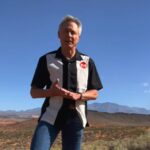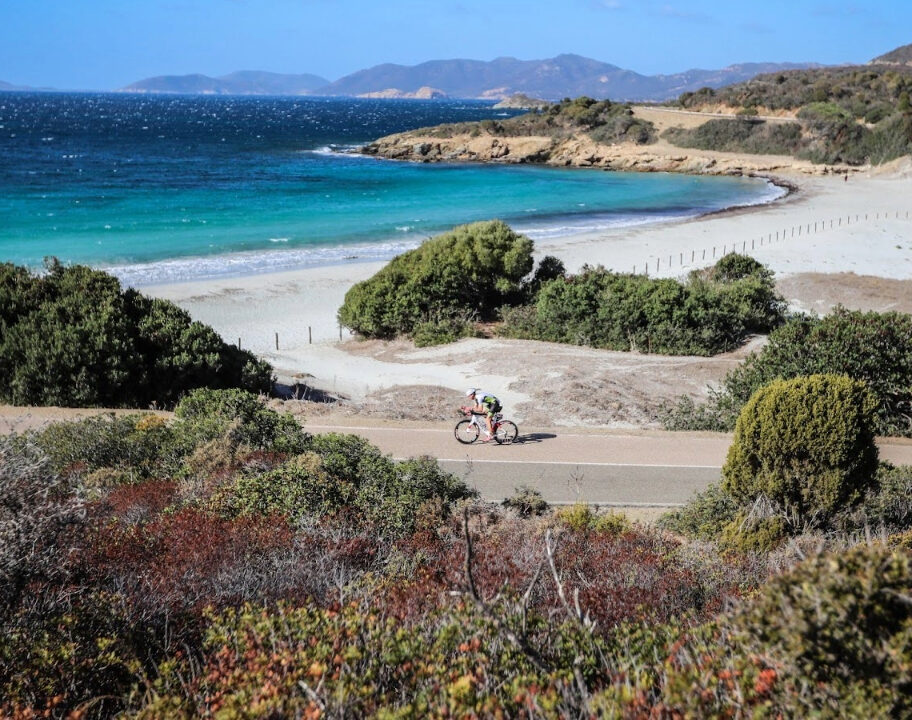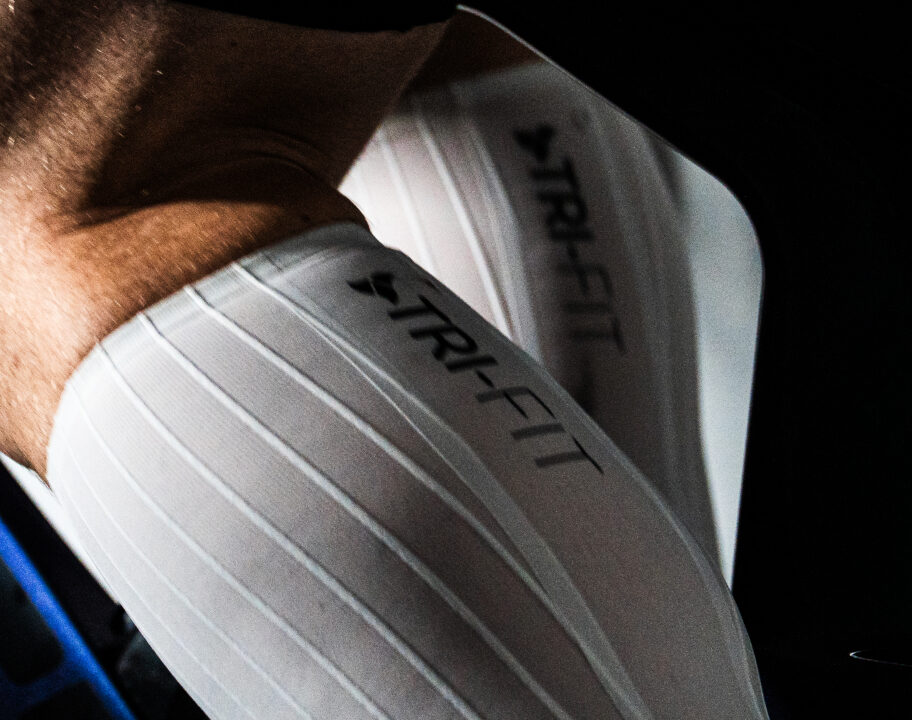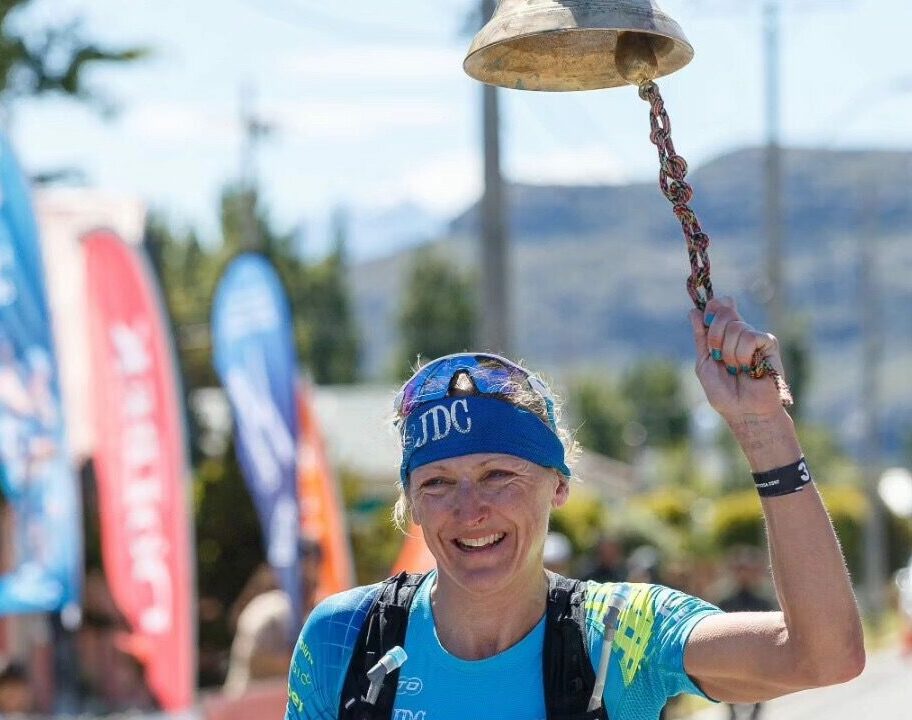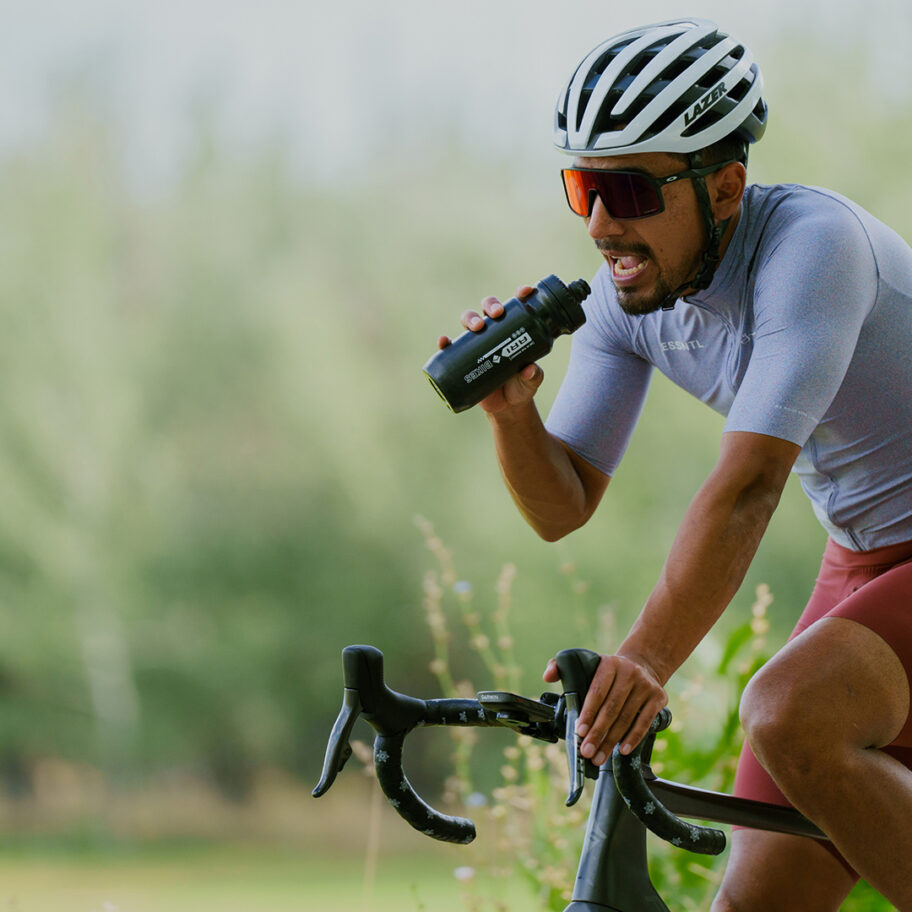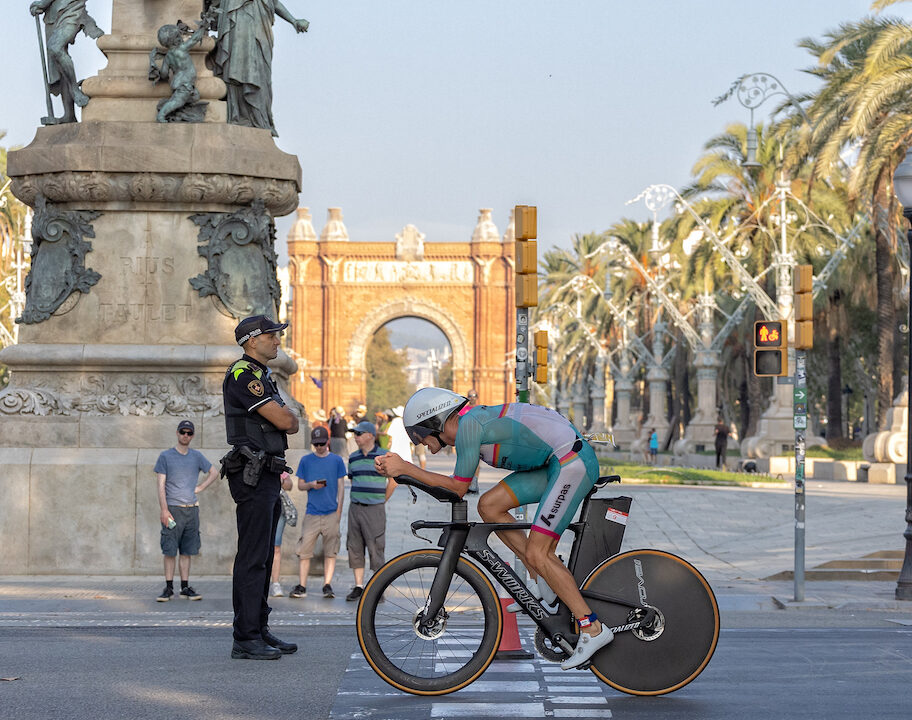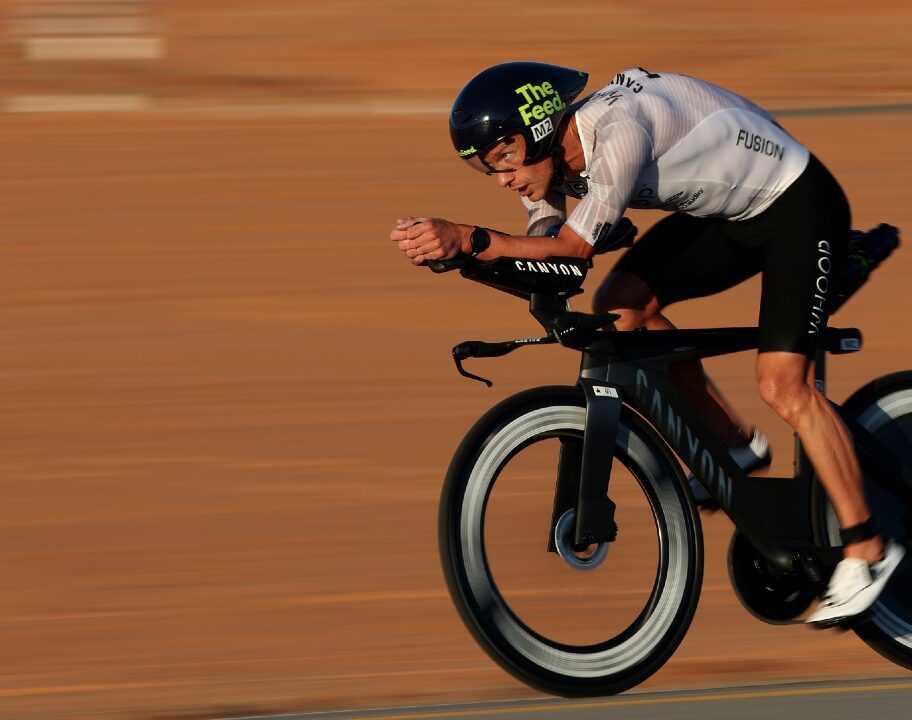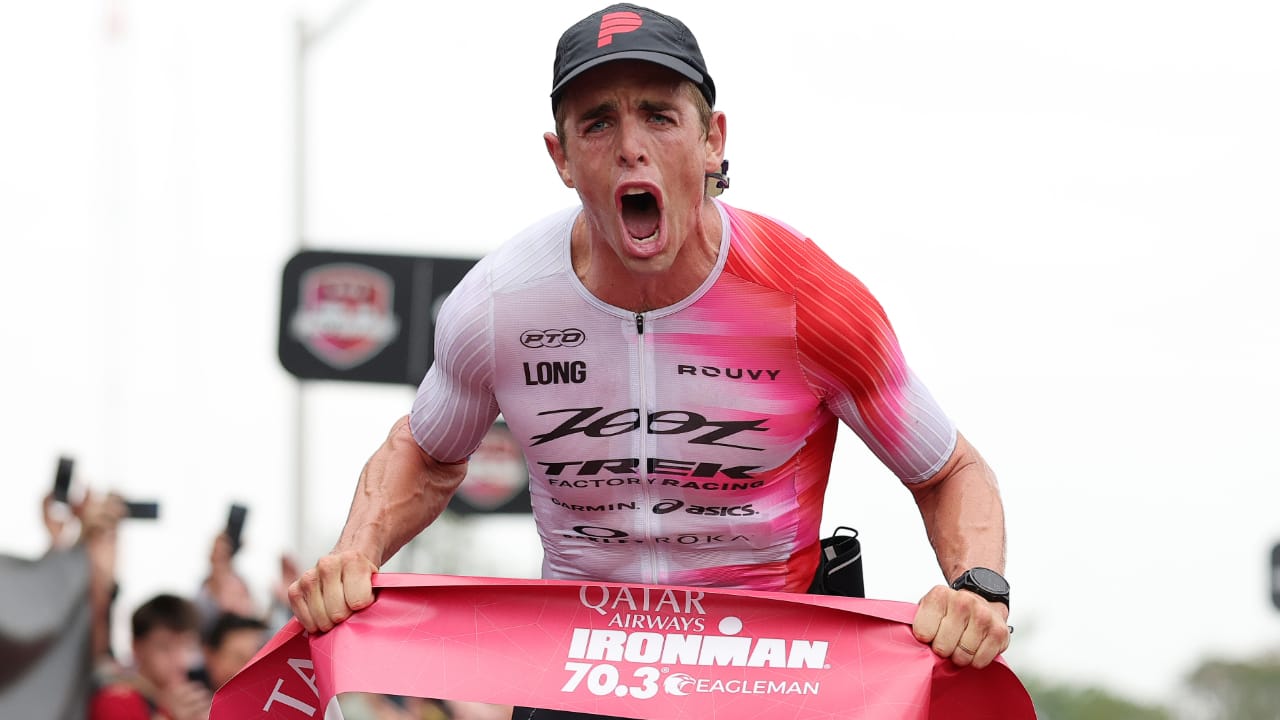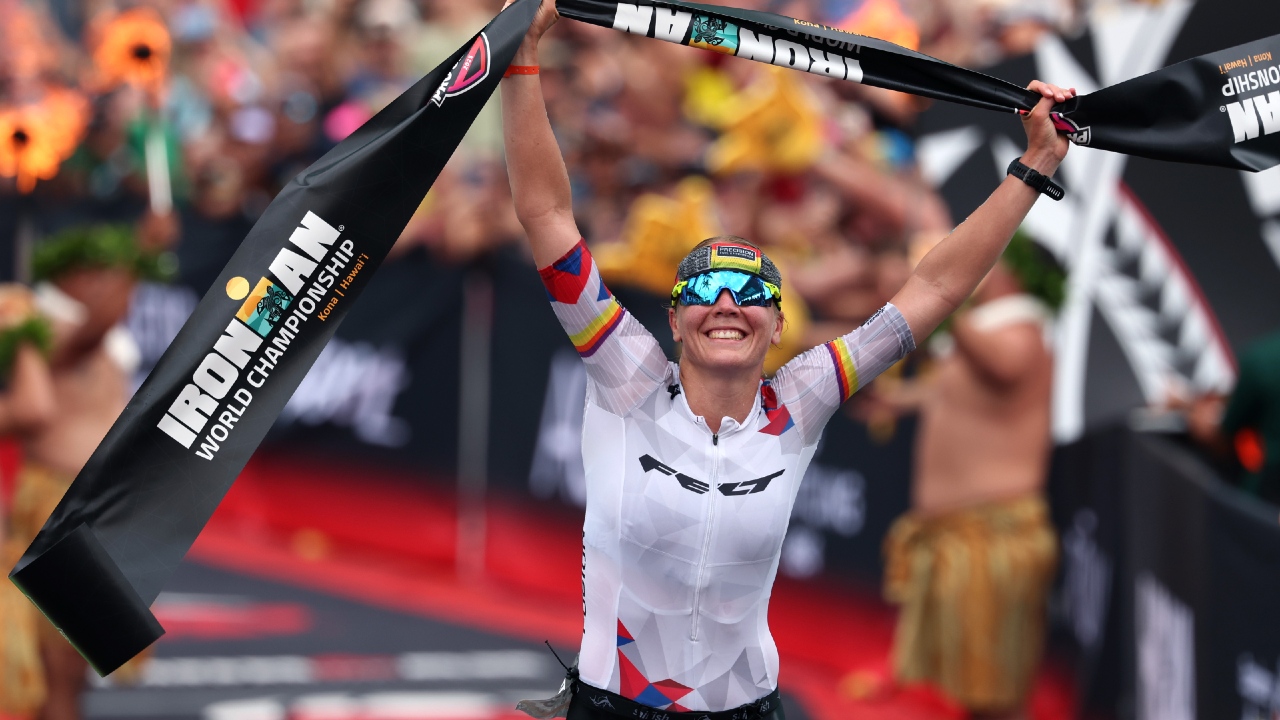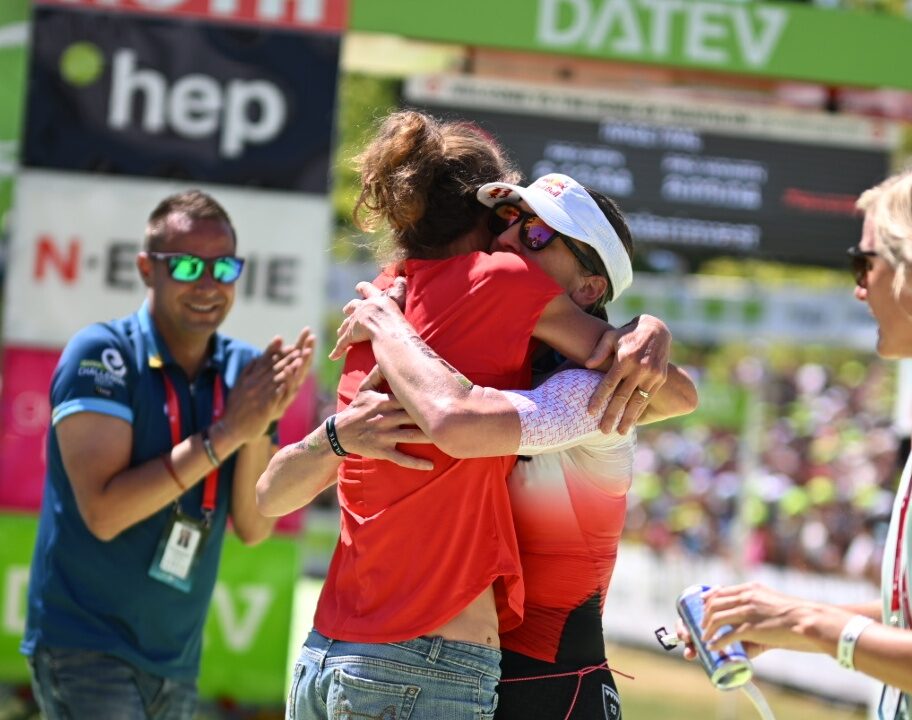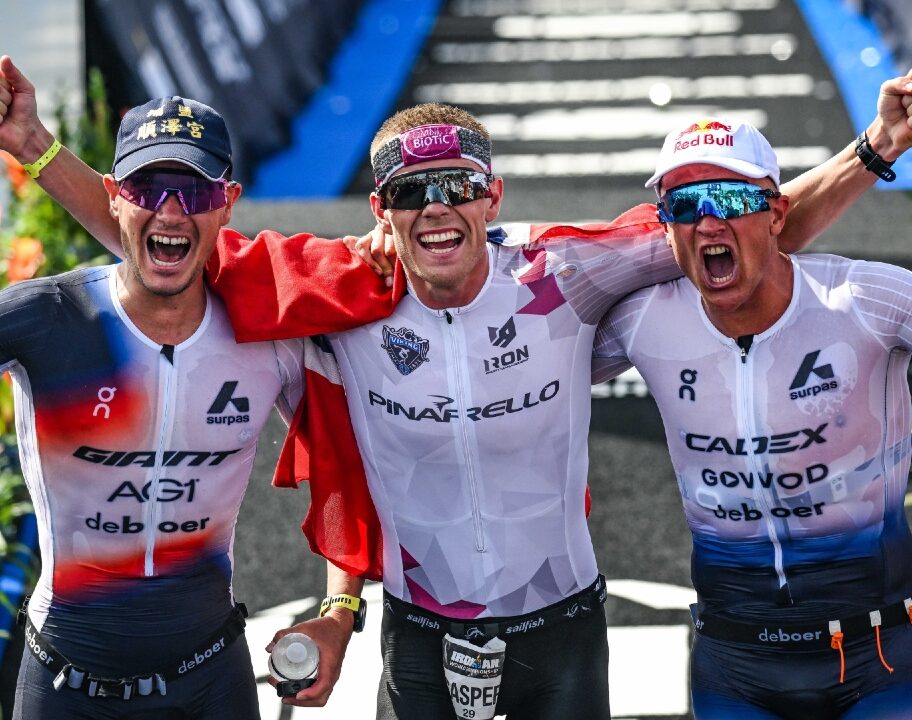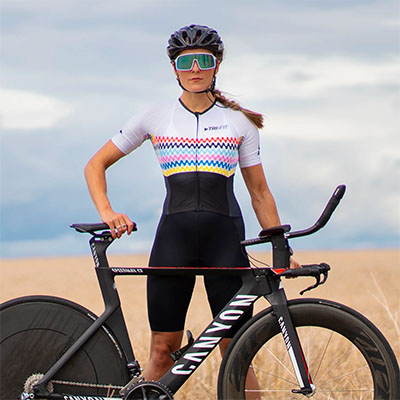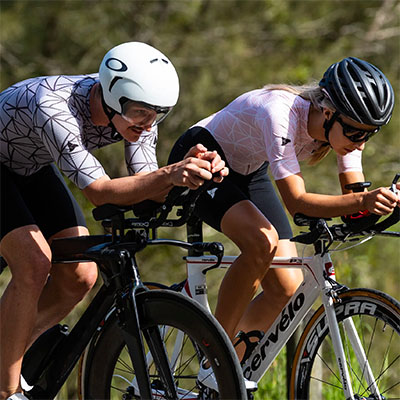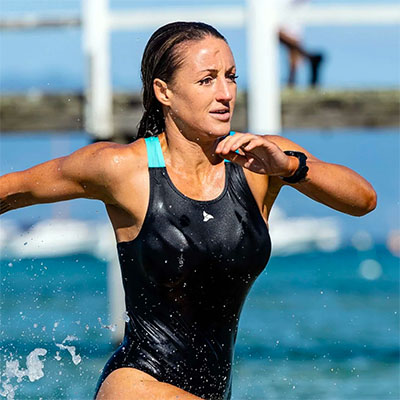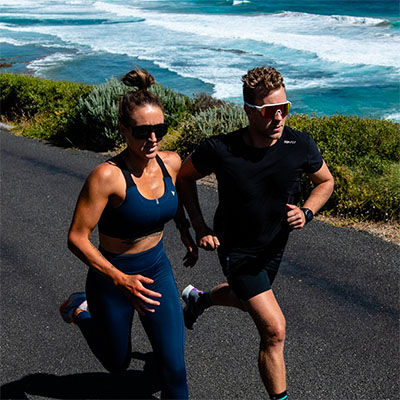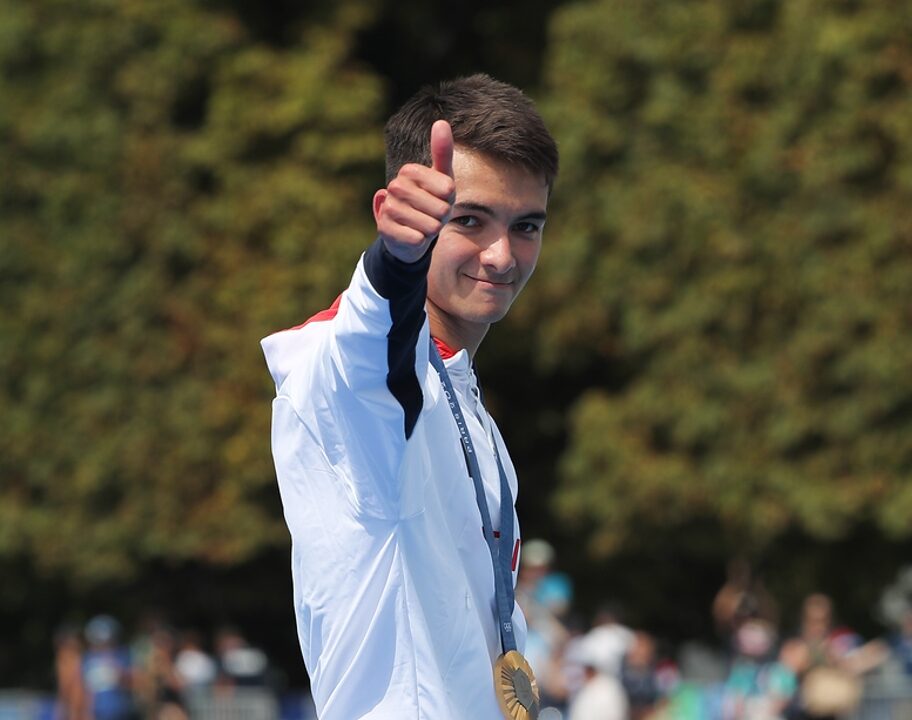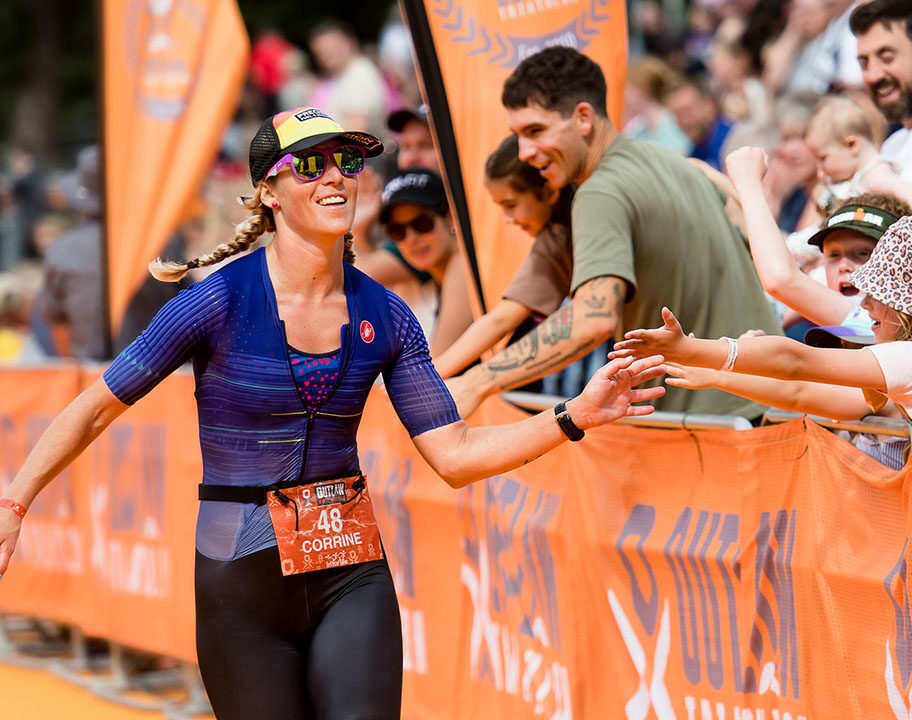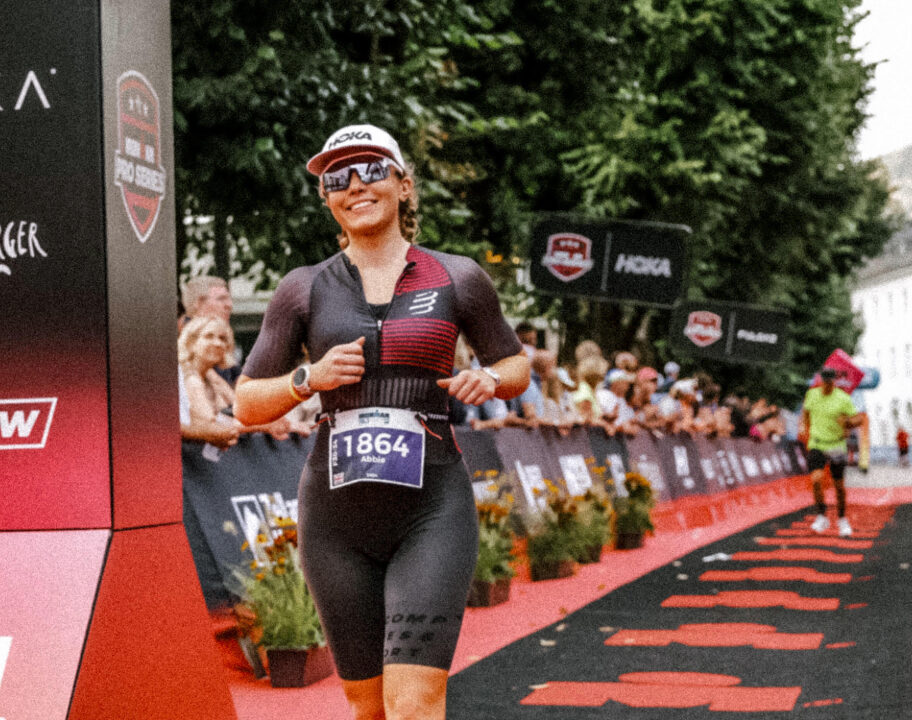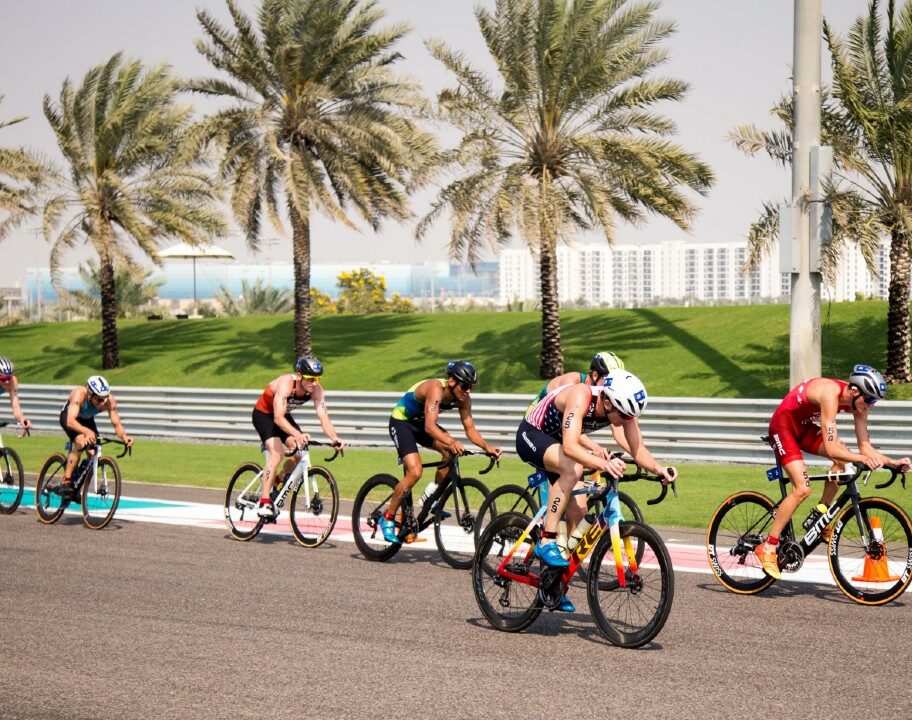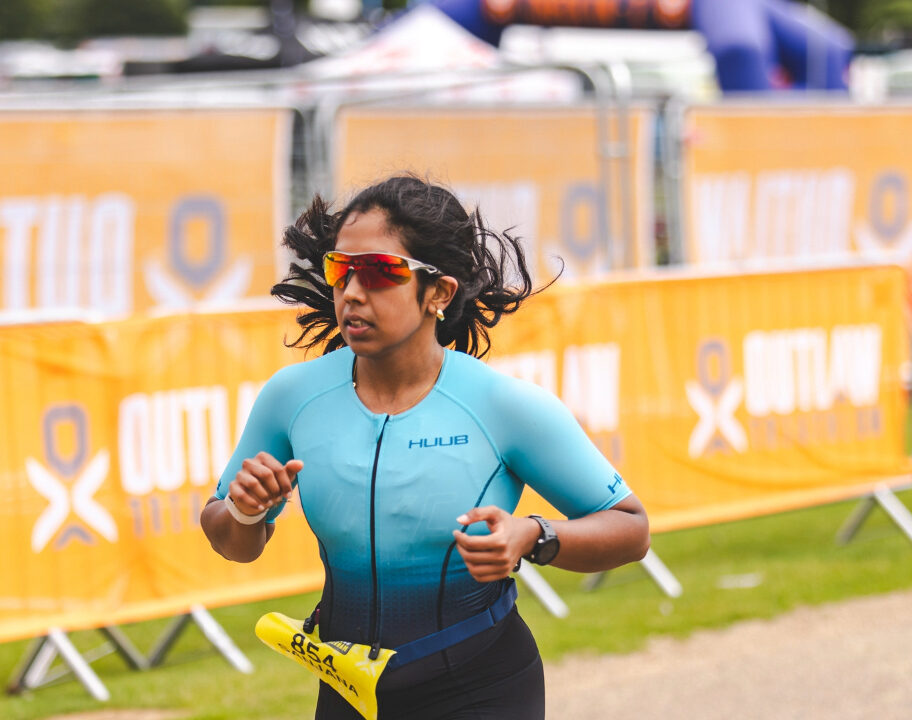This week for my regular Monday video I got the opportunity to catch up with Erin Carson – one of the finest strength coaches around. The list of great athletes Erin has worked with is seemingly endless – including to name but a few Mirinda Carfrae, Tim O’Donnell and now the likes of Taylor Knibb, Jeanni Metzler, Paula Findlay, Eric Lagerstrom and Rudy Von Berg. I found it fascinating, and I hope you do too.
What is core strength, and where does it come from? There is no better person to ask than the great Erin Carson.
The Boulder-based strength coach has advised a who’s who of great triathletes down the years, and that question is the one she invariably tries to answer with each of them.
Erin explained to me the exact nature of her role in an athlete’s development, and the process she goes through to reach the place they want to be.
Embracing the process
“It’s almost like strength coach is kind of a misnomer. I don’t want to call myself a movement specialist, my degree is in kinesiology but I’ve always been a little bit confused by what is a kinesiologist. I know that the science of human movement is what we’re really talking about.
“When we take some of the fastest, strongest endurance athletes in the world and we put them in a competitive environment, then we have to prepare their body to take on the effects of gravity and ground.
“Then we give them a course like St George, which you have to be strong to get up those mountains and the hills, but you have to be incredibly relaxed and you have to be incredibly stable to get down those hills in the most brilliant way. So how do you do that?
“I have studied just enough to know that it’s an exciting process to be part of, and then to see it come together, because it’s really hard to do.
“You have to look at all the different components of performance. If an athlete isn’t strong, chances are they’re not enjoying the sport. So we have to assess that they’re strong enough to get from A to B.”
It starts with movement
That exciting process all starts with movement, the thing from which everything else flows. Quite literally.
“Before we even put anybody under load, we will do movement analysis. We want to see where there is tightness in the body. We also know that through endurance sports there are very predictable patterns of dysfunction, very predictable patterns of tightness that comes from endurance sports.
“You put somebody on a bicycle in that aero position for 112 miles or 56 miles, they’re going to get tight in their chest. I work with a lot of elite runners, runners are way easier for me to work with because I don’t have to unwind them from the bicycle.
“The bicycle tightens the hips, the bicycle takes away a lot of motion through the ankles, the bicycle takes away a lot of motion through the upper body.”
Down the years Erin has learned from the some best in her journey to being one of the best. She outlined some of the core beliefs and theories on which her approach is founded.
“Gray Cook is one of my mentors, and he describes three key areas of mobility within the body.
“The ankles need to move well, and I could even argue that the foot needs to work well. So we do a lot of barefoot training for our healthy athletes. That’s really important that the foot can comfortably spread out, and has room in the shoes to spread out. That the ankle can actually absorb force in a really organised way. That the arches need to fall in a little bit.
“So many people with orthotics, that little gentle collapsing of the Achilles tendon in the ankle, it’s not a bad thing. So many stability shoes are actually taking away one line of defence that we have from shock absorption. So shoe choice has really shifted, and our knowledge of shoes and what they do and provide.
Feet = window to the hips
“The hip’s ability to rotate, the hip’s ability to internally rotate, because we know that gravity and ground and hard landings start to take our feet into this externally rotated position. And the position of the feet is really the window to the hips.
“So if the feet are externally rotated, or maybe even worse like what if one is rotated out and one isn’t, we know that the side where the foot is turned out, that hip is probably tight. So we’ve all been working with foam rollers and we’ve released our hips and we can get our feet straight until we can’t hold that position.
“So the hip mobility is really, really an interesting thing because there’s not just the ability for what I call hip decoupling – we need to decouple the hips.”
One of the athletes Erin has worked with in this specific area is American star Rudy Von Berg – now number 10 in the PTO World Rankings.
She explained: “By no means have I made Rudy Von Berg any faster – he is incredibly fast.
“But I think his speed is now coming easier to him because we have unwound some of that tightness through his thoracic spine, through his hips and probably through his ankles – although I didn’t really focus on that much at all yet. We still have time to unwind that.”
Throughout our conversation Erin stressed time and again the core aim of achieving the right mobility and movement, to literally open up more exciting potential.
Getting it all to flow
“Every single human being, we are all built the same, we come with little degrees of difference,” she told me.
“But we all need to move if we want to do our best and we want to put forth the best possible endurance performance we can, specifically in triathlon, [then] we need to open up the chest, spread the clavicles, strengthen the back so we can move beautifully.
“‘Rinny’ is just so beautiful, and there’s a picture that Paula (Findlay) captured of Eric (Lagerstrom) coming round a corner at the Herbalife short-course triathlon and you could see his back on one side and his head was totally straight.
“His hip extension was massive because we had opened up the front side of his hips – which gives you access to the glutes.
“There’s article after article about glute activation and strengthening the glutes. Well nobody is going to strengthen their glutes to their fullest potential if they’re tight on the front side of their hip capsule.”
Health and happiness
While the search for athletic perfection can be an unforgiving one, Erin is extremely keen not to overburden any athlete she works with. Her modus operandi is a simple one.
“I think when we break it down piece by piece and we look at what is really important to the health of any of us – you or me or the young kids who we want to be healthy, we don’t want them to be driven so hard that they are getting stress fractures, we need to be healthy first. A healthy athlete is typically a happier athlete.”
Where does that health and happiness start? Movement and mobility of course.
“Once we start liking the way that a joint and a region of the body is moving, we then need to build some strength into the mobility because mobility without strength won’t last.
Mobility vs flexibility
“The difference between mobility and flexibility comes up a lot, flexibility is a range of motion that might not have neurological control. So a lot of yoga programs, where triathlon and endurance athletes might say ‘well I can get more mobility if I do yoga’.
“You can get a lot from yoga, but you can almost get yourself in trouble if you get too much flexibility, too much range of motion. So mobility, I would describe it more as movement with neurological control – something that I can recover from, something that is specific to the outcome that I am hoping for, which is to run fast or to ride hard.
“So mobility is useful movement and useful range of motion and it’s controllable. Then we build strength into it but then that stable platform, that rigidity, that’s really good and I say that stability without mobility is tightness.
“So sometimes people will stand on one foot and they think they have a stable environment to run downhill really fast. But it won’t last if it’s not mobile and strong in the underlying function. You have to be able to plant that leg and swing the body through.”
The work Erin does with elite athletes is typically evident at the business end of high-profile races and she would not have it any other way.
She explained: “If you don’t have that kind of function and this flowing movement, you fatigue quicker and you’re going to start looking bad at the end of a race.
“I keep asking Talbot (Cox) to take pictures in the last half of the race, because everybody in the first half of the race – they look pretty good, they were really prepared for this event. The people at the back half don’t always look so good, and we can all envision what those people look like.
The business end
“I think my goal is to help people not look that way at the end of a race – and be able to really stand tall and have this beautiful running flow and enjoy their day way more.”
That theme of making the workload sensible and manageable shines through in what Erin is telling me, now in context with the elite professionals she advises.
“There are only so many hours in a day, so the length of these workouts cannot be too long. I’ve been very blessed to have relationships professionally with a lot of really, really good athletes, and I think they trust me because I don’t overcook them. We don’t overcook people.”
The aforementioned O’Donnell, who I myself coached, is a really good example of the work Erin has done. From tending to lose his form late in races, T.O. gradually improved to the point where he was looking great at the business end. Culminating in that terrific second place in Kona in 2019. We talked about his specific case.
Fixing T.O.
“It was really interesting too because I went to do some homework with my mentors with T.O. He had always run with that little head tilt. I went to Michelle and said ‘I think we need to fix Tim’s head’.
“And Michelle was like ‘don’t mess with his head, he’s one of the best athletes in the world. If you moved his head, what would happen to his hips?’.
“You were coaching T.O I think in 2015, the first time he ever got onto the podium, and that whole thing with his torso has something to do with his head, and I still don’t know what!
“We’ve got him in a really stable good place now. Picking out those movement dysfunctions on such an elite athlete was a really great eye on your part.”
Building the stars of today
More recently Erin enjoyed a stellar day in St George last September when Metzler and Knibb both made the podium behind Lucy Charles-Barclay at the IRONMAN 70.3 World Championship. At the same time Eric Lagerstrom was exceeding expectations for a terrific seventh in the men’s race.
I watched the tape of that recently to analyse things for my ‘Road To St George’ series, and I wanted to talk to Erin about it.
“Both Jeanni Metzler and Taylor Knibb are athletes of mine that that we prepared for that race from the women’s side. Having them on the podium with Lucy’s ridiculous day – one of the most premier performances we’ve seen, perhaps ever – we had prepared both for a lot of downhill running. They are both extraordinary athletes and it was so exciting to see it come together for them on the day
“From the men’s side specific to the work that I had the opportunity to do, Eric Lagerstrom’s day – coming 7th – I think surprised some people.”

